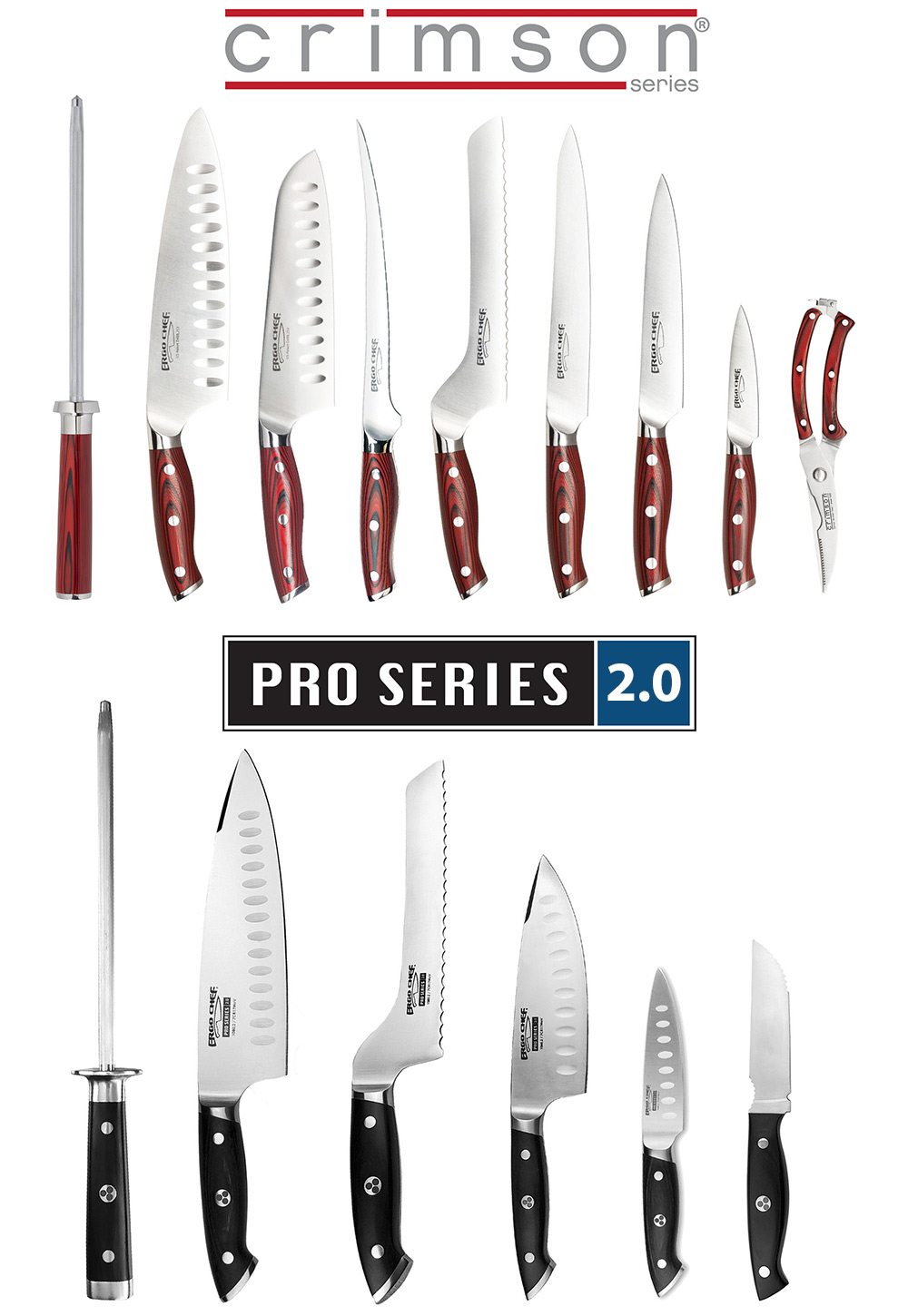
M-F 9:30am – 3:30pm EST
 Our guest blogger, Christina, takes us into the kitchen to review the basic techniques…
Our guest blogger, Christina, takes us into the kitchen to review the basic techniques…
Cooking is simple, elegant and satisfying. You only need to master some basic techniques to create a great meal (no matter what chefs or molecular gastronomists tell you).
Baking is a technique reserved for oven-cooking breads and pastries. Many chefs would have you believe that to bake well you need a science degree. Just follow recipes until you have mastered the techniques, the textures, the ingredients and then you can venture off on your own.
Braising is a slow cooking process where the ingredients are seared or browned in fat or oil and then simmered in a small amount of liquid until tender. Braising is usually done in deep skillets or in a Dutch oven-style pan so that the juices accumulated in the braising combine to create a richly flavored sauce in the cooking process.
Grilling is a style of cooking where high heat is applied directly to the food…below the food, like a barbecue or in a grill pan over high heat on the stove top. Grilling seals in the flavor of the food and at the same time creates a rich, smoky taste that everyone loves.
Broiling is also a high direct heat that seals in the flavor and imparts a glorious browning that is without compare. The heat is above the food in close contact and cooks very quickly so you need to be diligent when broiling. It is used a lot as a finishing style of cooking, to brown a food once it’s been baked or roasted.
Roasting is a slow cooking style done in the oven. The enclosed, dry, intense heat of the oven surrounds the food and drives the sugars of the vegetables to the surface. I dress the veggies I am roasting in olive or avocado oil, salt and pepper. I cover the casserole dish tightly and roast for forty-five minutes to an hour. Then I remove the cover and return the dish to the oven to brown the edges of the veggies.
Poaching is a simple method by which you simply cook food in simmering liquid, imparting a sweet tenderness and resulting in a dish that is the perfect comforting texture.
Stewing is a moist heat cooking process is a bit like braising except that braising is done in fat or oil, while stewing is done in a broth-style liquid. The food is cooked in a small amount of liquid and served in the gravy that results from the combination of the juices of the vegetables and cooking broth.
Sautéing is a method of cooking that uses a small amount of fat in a shallow pan over relatively high heat. The oil is heated and the ingredients added in succession. The ingredients are usually cut into small pieces or thinly sliced to facilitate quick, even cooking. The ingredients are stirred altogether, constantly moving, allowing steam to escape so that the veggies don’t stew and maintain their crispness. A sauté is seasoned toward the end of the cooking process.
Shallow or pan frying is different than sautéing, although it is often confused with it, as is stir frying. Shallow frying uses more oil and larger pieces of food cooked until browned and then turned once for even cooking.
Stir-frying is the term used for two styles of cooking, one similar to a sauté and the other starting with a hot wok to which the oil is added and then the veggies and seasonings in rapid succession and cooked, stirring constantly to crisp perfection.
Frying or deep-frying is cooking food over high heat completely submerged in hot oil. The result is crisp, light and richly flavored food. If the food is oily-tasting, then your oil wasn’t hot enough. If the oil is hot, the food will sink and immediately rise to the top and brown. It will be in and out of the oil in a minute or two. A hint: bring your oil to the proper temperature (350-375oF) over low heat to ensure that the oil is hot enough and doesn’t smoke.
Boiling and blanching are methods of cooking in water. Boiling foods involves the food being submerged in water for several minutes to achieve the tenderness desired. Blanching involves a quick dip into boiling water just to remove some of the ‘raw’-ness or bite of a delicate vegetable. A pinch of salt is added to the water before cooking in either of these styles so that the vegetables hold onto more of their nutrients.
Steaming is a method of cooking where the food is cooked above boiling water, so it actually cooks in the steam that rises off the water. The result is very crisp, brightly colored vegetables that hold a lot of their nutrients in this cooking process. The resulting vegetables are light, fresh and drier than food cooked submerged in water.

Natoque viverra porttitor volutpat penatibus himenaeos. Vehicula commodo si hendrerit.



